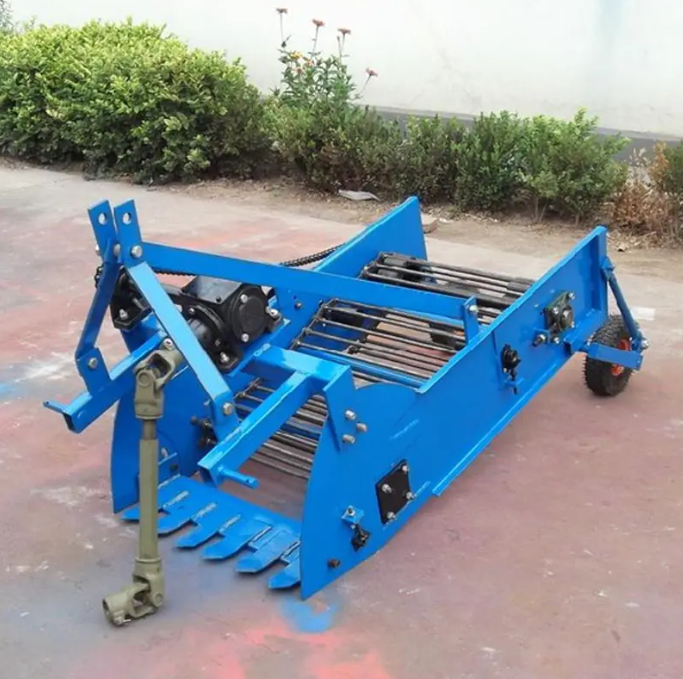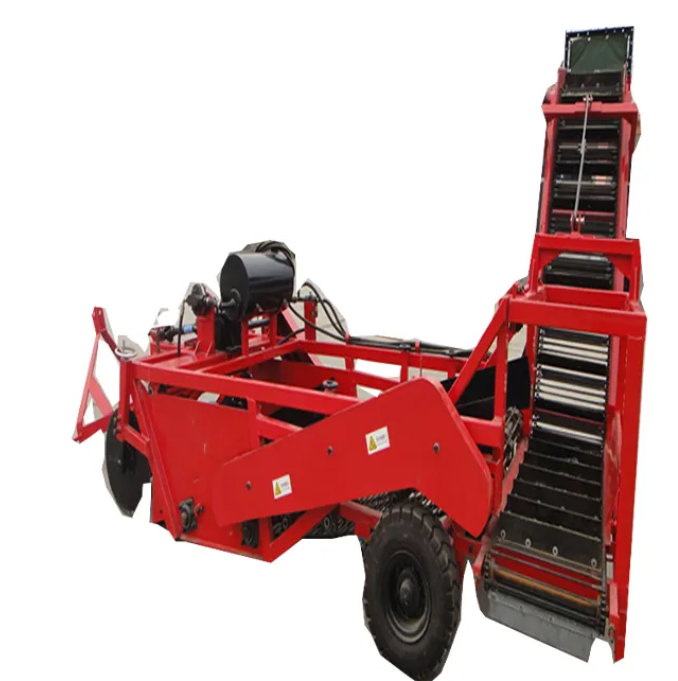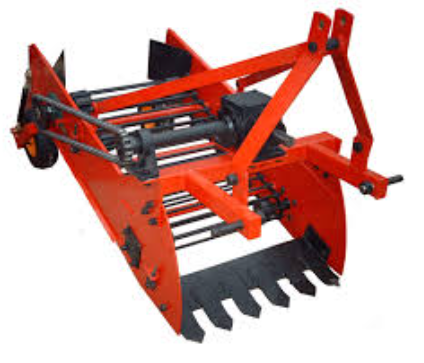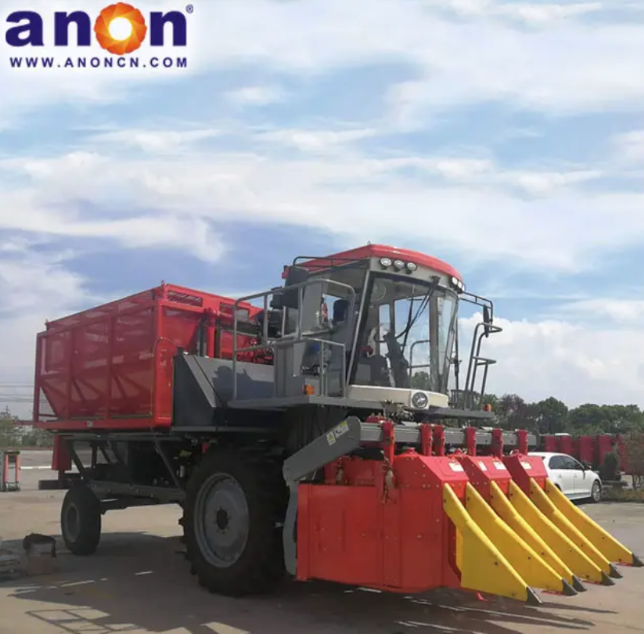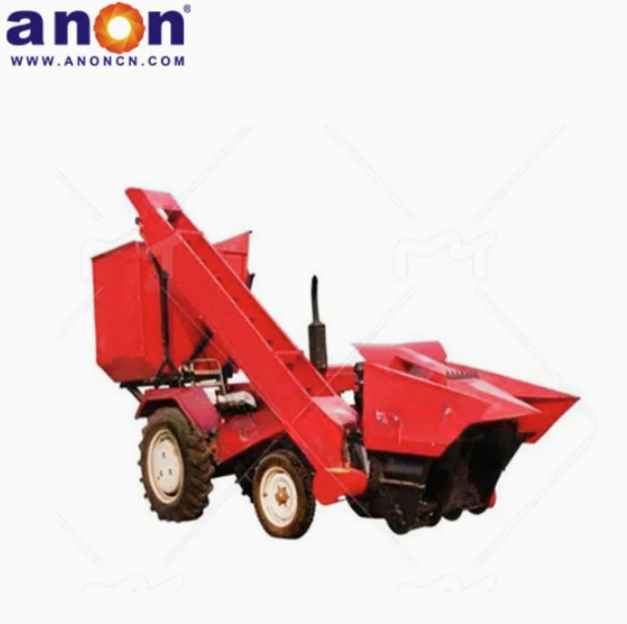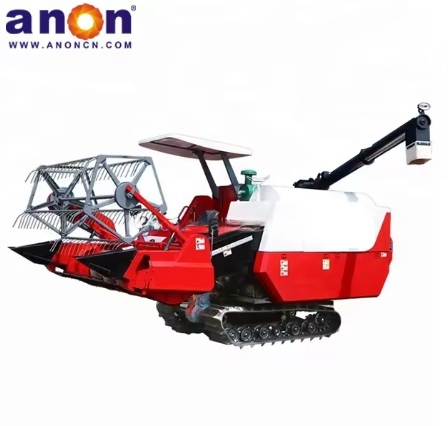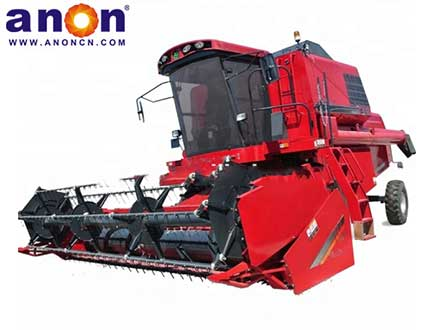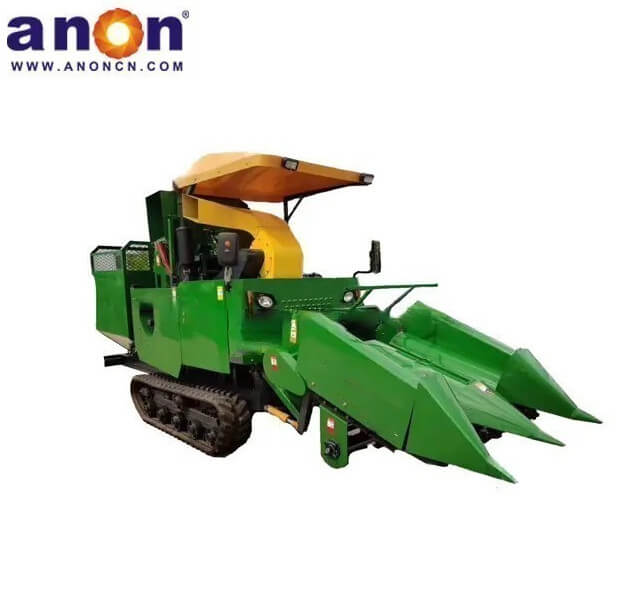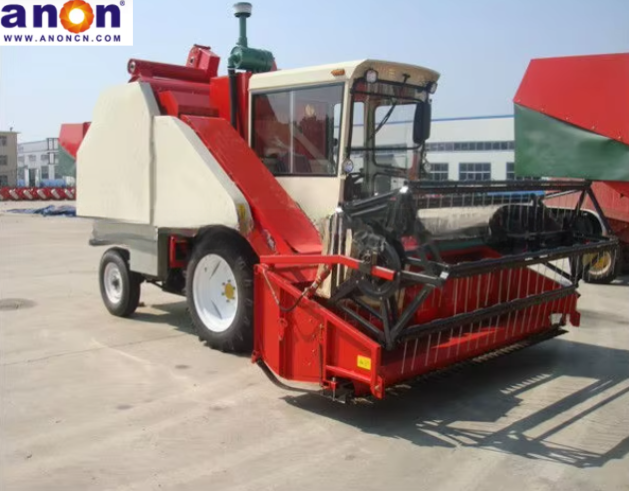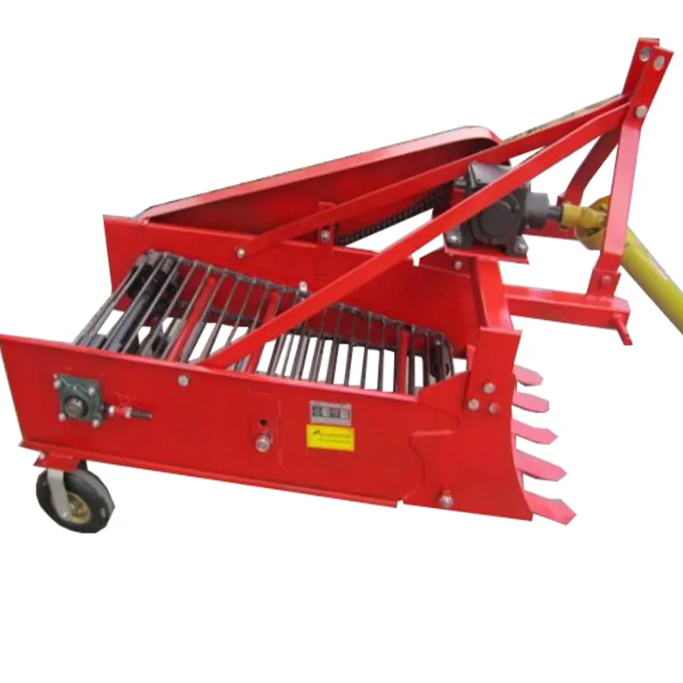
Potato harvester
ANON potato harvester is an agricultural machine specifically designed for potato harvesting. It gets the job done faster than old-fashioned digging, boosting harvest speed and cutting down on tough labor. It is a core piece of equipment for large-scale potato cultivation.
1. High Efficiency: Mechanized harvesting is fast and efficient, several times faster than manual harvesting.
2. Excellent Cleaning Effect: Cleaner harvests mean less dirt and lower cleaning costs later on.
3. Strong Adaptability: Our potato harvester works well with different tractor sizes.
4. Cost Saving: This type of machine has a simple structure and low maintenance costs. With proper adjustments, potato damage can be minimized. In the long run, it is more economical than manual harvesting.
Our Products
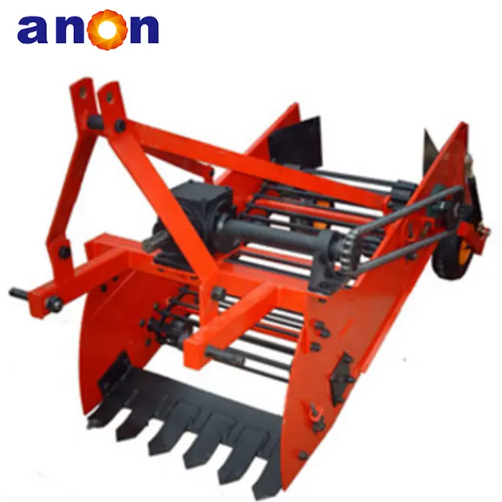
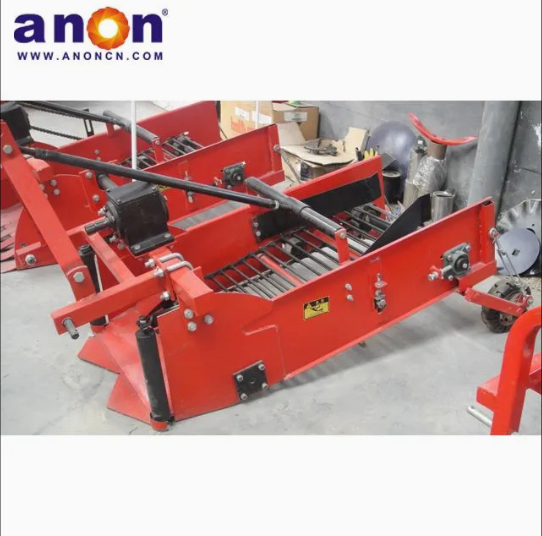
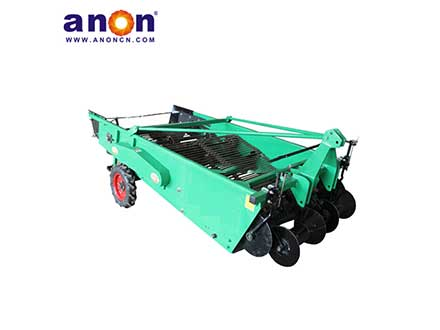
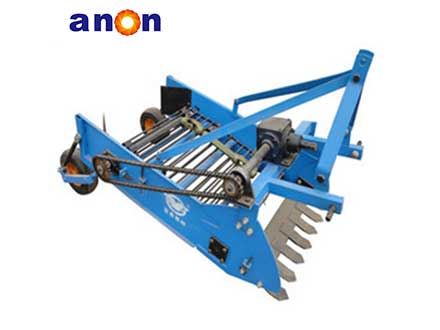
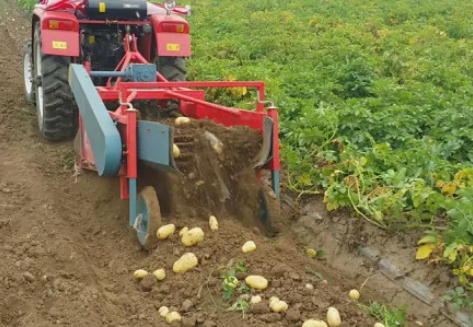
Improving Efficiency
Potato harvesters are ideal for large fields. These machines have a smart design that lets them dig, sort, and clean crops all at once, creating a simple production process. One machine can do the work of many people, covering a lot of land each day. They make harvesting faster during busy times, which saves on labor and cuts costs. Potato harvesters simplify the complex, multi-step agricultural work of traditional methods into a highly efficient operation that can be completed by one person and one machine. This cuts down on production hassles and expenses, boosts how much we can produce, and takes care of the old ways of harvesting that took too long and needed too many people.
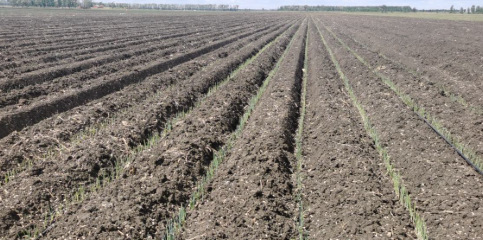
Wide Soil Adaptability
ANON potato harvesters can adapt to various soil types, such as sandy soil and clay, completing the harvesting process quickly and efficiently. Optimized for different terrain scenarios, the digging shovel and vibration parameters are adjusted to achieve optimal operating results. The digging shovel is less prone to soil adhesion, reducing soil buildup and lowering energy consumption. The compact body of the ANON tractor-mounted potato harvester allows for flexible turning and maneuvering on smaller, irregularly shaped plots of land, making it far more agile than large self-propelled machines.Its compact size means it’s easy to move with a tractor trailer. Plus, it handles rough ground well, so you can keep harvesting on schedule, no matter the land or soil conditions.
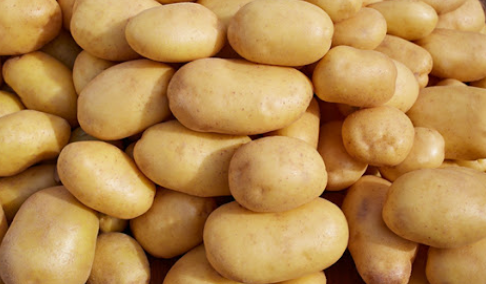
Low damage
ANON potato harvesters can harvest potatoes without damaging the potato skin. Our digging shovel draws inspiration from nature, achieving a biomimetic effect, while the vibrating screen gently separates the potatoes from the soil. This system is designed to reduce impact while maintaining flexibility, ensuring your potatoes are not bumped or crushed. Advanced low-damage design keeps the rate of skin breakage and mechanical damage to an extremely low level, resulting in harvested potatoes with an intact appearance, reducing the risk of spoilage during storage, and achieving end-to-end crop preservation from field to storage.

Wide Application
ANON potato harvesters are popular because they’re so versatile. They can harvest not just potatoes, but also peanuts, sweet potatoes, carrots, garlic, onions, and other crops that grow underground. This means farmers can get more use out of one piece of equipment, which is great for those who grow different kinds of vegetables and crops. In terms of planting area, whether you are cultivating small, scattered plots, a family farm, or a large-scale operation on a contiguous farm, you can find a suitable model. In terms of terrain, they are particularly suitable for semi-mechanized operations in hilly and mountainous areas, providing efficient and reliable performance in various harvesting scenarios.
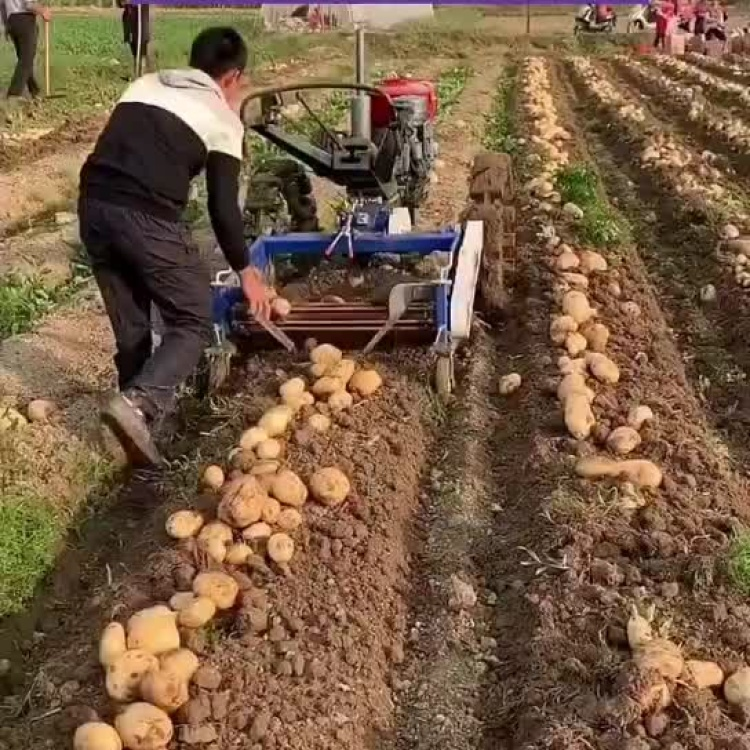

FAQ
A potato harvester is a machine that harvests potatoes. It pulls the potatoes from the stalks and transfers them along with the soil to a sieve, where the loose soil is sieved out.
Put the newly dug potatoes in a cool, ventilated place with moderate temperature and high humidity for one to ten days to dry them. This will extend the shelf life of the potatoes. After drying, slowly lower the storage temperature to around 40-46 degrees Fahrenheit (about 4-6 degrees Celsius) for consumption.
Yes, leaving potatoes in the ground for too long can cause problems such as rotting and sprouting. The best time to harvest potatoes is when the leaves have died down, and they can be left in the ground for a few weeks after that. However, if potatoes are left in the ground for too long, especially in warm weather or moist soil, it can cause them to rot or sprout.
To see if a potato harvester is in good shape, check it carefully step by step: First, look at the hydraulic system and make sure the oil level is okay. Carefully inspect all hydraulic lines and connections to ensure there are no leaks. Next, check the transmission system. Check the chain and belts, either by hand or with the right tools, to be sure the tension is correct. It shouldn’t be too loose or too tight.
Observe their surfaces for signs of wear or breakage. Also, check the V-belts for aging or cracks. Then, check the blades and conveyor belt. The blades must be sharp, with no nicks or chipped edges. The conveyor belt must be securely installed and rotate without any jamming or slippage. Now, let’s check the safety features. Test each emergency stop button and limit switch to be sure they’re working correctly and are sensitive. Also, check that the protective covers are intact and undamaged. Finally, conduct a trial run. Once the machine is on, keep an eye on the panel lights. Also, listen for weird sounds or feel for shaking while it’s running.
Before we begin work, we need to prepare the field:
1. Clear the site: Remove stones, tree roots, and other hard objects to prevent damage to the machinery.
2. Control humidity: The field must be dry; if it’s too wet, it’s difficult to dig, and the potatoes will easily stick together.
3. Mark the area: Please mark the area and put up a warning sign. This is to keep everyone safe and make sure workers and people passing by keep a safe distance from each other.
If a potato harvester has any issues while running, stop it right away for safety and to keep things running smoothly.
1. If you hear odd noises or feel shaking, stop the machine. Then, check if the shovel or blades hit something hard, like rocks or roots.
1. If there is a sudden, strange noise or vibration, stop immediately and carefully check if the shovel or blades have hit any hard objects such as stones or tree roots. Clear away any obstacles and restart only after confirming there are no problems.
2. If the blades get stuck or don’t cut, see if they’re worn from use or installed wrong. Replace the blades or adjust the installation as needed.
3. If the conveyor belt is jammed or slipping, immediately check if the tension is incorrect or if the belt is worn. Adjust the tensioning device to the appropriate tension, and replace the belt if it is damaged.

